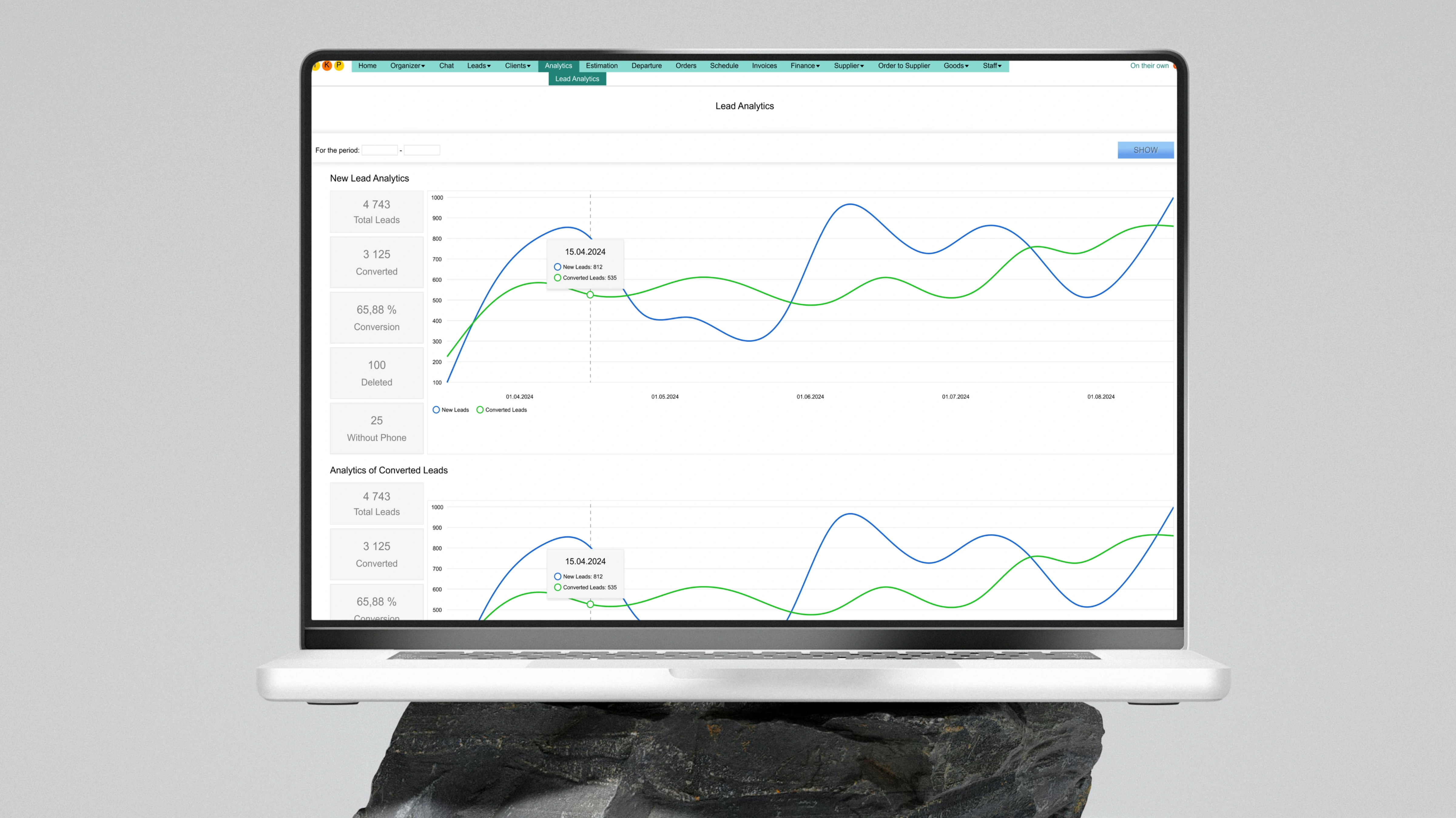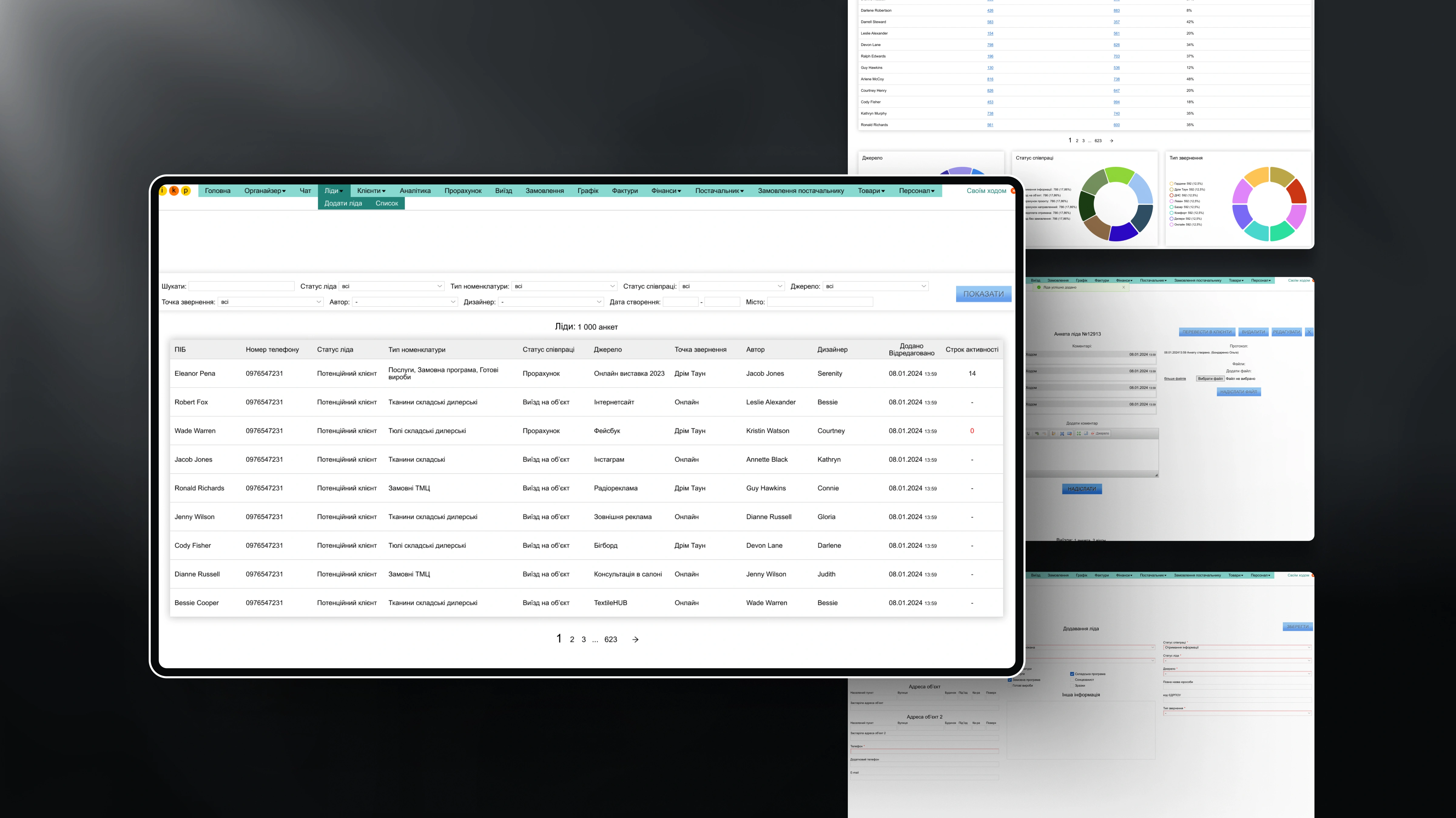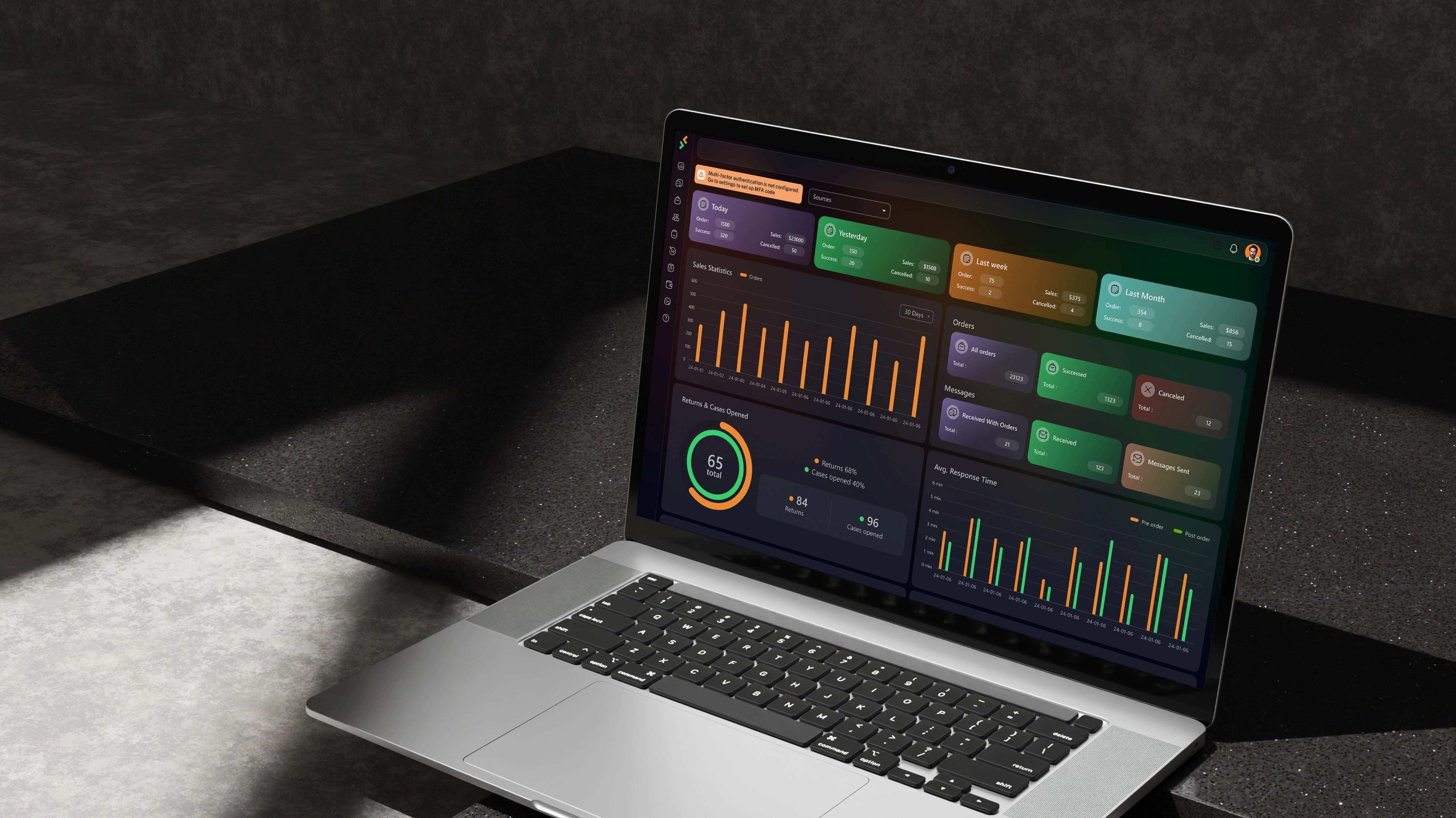
Integration of an ERP system (Enterprise Resource Planning) with other business platforms has become a key element of the successful functioning of a modern business. With integrated solutions that enable data exchange between different tools, companies can optimize their processes, reduce costs, and increase efficiency. In this article, we'll look at why ERP integration is important, its benefits, opportunities, and the challenges that may arise along the way.
What is ERP system integration?
ERP system integration means connecting enterprise management software to other platforms, such as CRM (customer relationship management systems), e-commerce, accounting, HR systems, and others. The purpose of such integration is to create a single information space that allows data to move freely between systems.
Advantages of ERP system integration
- Increased productivity: Integration eliminates the need to duplicate data across different systems, reducing errors and time spent processing information.
- Automation of business processes: The ERP system automatically transfers data between platforms, for example, synchronizing e-commerce orders with accounting or logistics.
- Data centralization: All business data is in one system, making it easier to analyze and make strategic decisions.
- Improved customer service: Thanks to the integration of the CRM system with ERP, managers can quickly get information about customer orders, their purchase history, and the current processing status.
- Saving resources: Less manual labor and quick identification of problem areas allow the company to significantly reduce costs.
Possibilities of ERP system integration
- Integration with CRM systems: A CRM system works to manage customer interactions, while an ERP system focuses on internal business processes. Combining these systems creates a single database for customer management, which helps to increase sales and improve service.
- Integration with e-commerce platforms: For online retailers, integrating ERP with platforms like Shopify, WooCommerce, or Magento helps automate order processing, inventory management, and logistics.
- Integration with accounting and financial software: An ERP system automates the processing of financial transactions by synchronizing data with platforms such as QuickBooks, Xero, or SAP Concur.
- Integration with HRM systems: Combining ERP with HRM systems helps to manage human resources more efficiently, including salaries, work schedules, training, and appraisals.
- Integration with BI platforms: Business Intelligence (BI) platforms integrated with ERP provide in-depth data analysis and help management make informed decisions based on real-world data.
Challenges in integrating an ERP system
- Technical complexity: Integration requires a deep understanding of both the ERP system and other platforms.
- High cost of implementation: While the long-term benefits are significant, the initial costs can be high.
- Risk of incompatibility: Not all systems integrate easily with each other. Special APIs or adapters may be required to solve this problem.
- Employee cultural resistance: The introduction of new technologies can cause resistance from employees who are used to old processes.
How to ensure successful integration?
- Assessment of business needs: Determine which processes need automation and which systems should be integrated.
- Choosing the right ERP solution: Choose an ERP system that has a wide range of integration capabilities and supports APIs.
- Implement a phased approach: Integration should happen gradually to avoid chaos.
- Staff training: Provide employees with the necessary knowledge to work with the new systems.
- Monitoring and support: Regularly check the functioning of the integrated systems and provide technical support.
Integrating an ERP system with other business platforms opens up great opportunities for companies to grow and optimize. Although this process can be complex and costly, the results - from increased efficiency to improved customer experience - are definitely worth the effort. Modern business requires integration to be competitive, adaptive, and future-proof.



